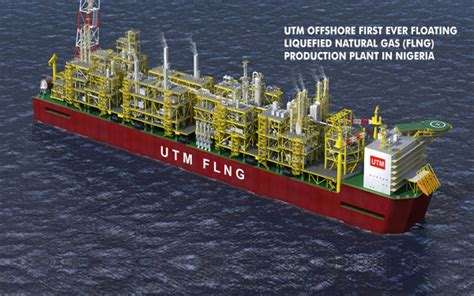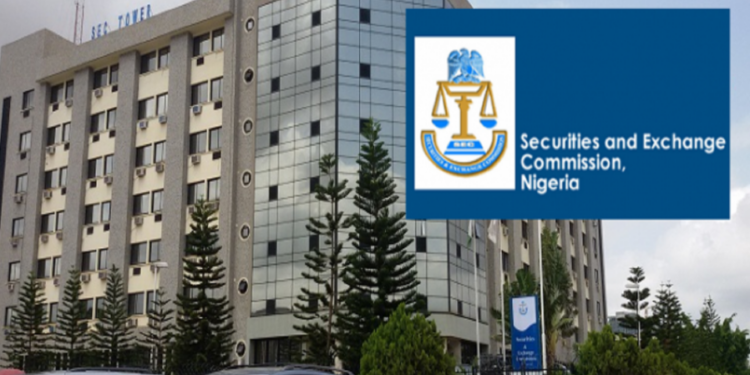UTM Offshore Limited has announced a strategic partnership with leading international engineering and energy firms to deliver Nigeria’s first-ever Floating Liquefied Natural Gas (FLNG) project, a landmark development set to redefine the nation’s gas value chain.
According to UTM Offshore, the FLNG facility, which will be sited offshore Akwa Ibom State, represents a major milestone in Nigeria’s efforts to harness and commercialize its vast natural gas reserves. The project is being executed in collaboration with renowned technical partners, including Japan Gas Corporation (JGC), Technip Energies NV, and Kellogg Brown & Root (KBR).
The consortium, operating under the banner of Open Sea Technologies, will oversee engineering, procurement, and construction phases to ensure world-class delivery standards and efficient project execution.
UTM Offshore emphasized that gas supply remains a critical component of the project. The company is currently engaging stakeholders across the upstream, midstream, and downstream sectors to ensure sustainable feedstock for the FLNG facility. The gas source which will be drawn from a jointly operated asset between the Nigerian National Petroleum Company Limited (NNPC Ltd.) and SEPLAT Energy, under a 60–40 partnership structure.
The company revealed that part of the identified feed gas consists of previously re-injected or stranded gas, which will now be monetized through the FLNG development, a move expected to significantly curb gas flaring and boost Nigeria’s LNG export capacity.
Speaking on the project’s progress, UTM Offshore’s management noted that a FinalInvestmentDecision (FID) remains underway, with ongoing consultations to finalize supply agreements and financing frameworks. The company assured that discussions with regulatory authorities, financiers, and partners are progressing steadily toward achieving the next project milestone.
Once operational, the FLNG facility will contribute substantially to Nigeria’s energy security, foreign exchange earnings, and environmental sustainability goals. It will also serve as a model for indigenous participation and technological advancement in Africa’s gas sector.




